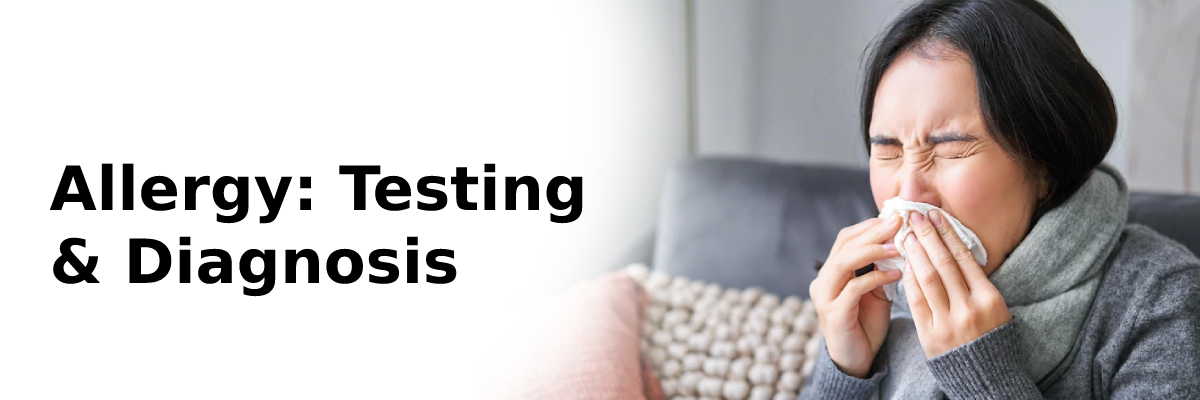
 IJCP Editorial Team
IJCP Editorial Team
Allergy: Testing & Diagnosis
Allergy is the body's exaggerated reaction to a normally harmless foreign substance such as pollen, animal dander, molds, certain foods, latex, and insect stings. It is a stimulus that occurs when the body responds to allergic agents triggering a chain of events. Substances that induce such a chain of allergic reactions are called allergens. If an allergic person gets exposed to a particular allergen, the body produces allergic (IgE) antibodies to eliminate the foreign particle. As a result, a chemical (histamine) is released that induces the symptoms of allergies. Allergy symptoms range from mild – hives or rash, itchiness, runny nose, watery or red eyes – to life-threatening events.
Allergens and Allergic Reactions
The different substances that are potential allergens and can trigger an allergic reaction are:
Pollen - Seasonal allergic rhinitis, also known as hay fever, is an allergic reaction to pollen. It inflames and swells the nose and the conjunctiva lining, or the protective tissue around the eyes. The symptoms include sneezing, congestion, and itchy, watery eyes, nose, and mouth. Pollen exposure can cause some people allergic asthma symptoms (wheezing, shortness of breath, coughing, and chest tightness).
Dust mites - Dust mites are microscopic organisms that live in dust and the fibers of household items like pillows, mattresses, carpets, and upholstery. Dust mites thrive in warm, humid environments. The symptoms of dust mite allergy are almost similar to pollen allergy symptoms.
Molds - Molds are tiny fungi with spores that float in the air like pollen. It can be easily found indoors in damp areas, such as the basement, kitchen, or bathroom, and outdoors in grass, leaf piles, and hay. Allergy symptoms can be mild or severe affecting the airways, sinuses and nasal passages, skin, and digestive system.
Symptoms of allergic reactions
An allergic reaction is generally symptomized by sneezing; stuffy, runny nose; itching in the nose, eyes, or roof of the mouth; or watery, red, or swollen eyes (conjunctivitis). However, specific food allergies can induce tingling in the mouth; swelling of the lip, tongue, face, or throat; and hives.
Clinical complications associated with allergies
Atopic dermatitis (eczema) is an allergic skin condition that can cause itchiness, redness, and flaking or peeling skin.
An allergic person is more likely to develop asthma, an immune system reaction affecting the airways and breathing. In many cases, exposure to an allergen in the environment causes asthma (allergy-induced asthma).
Severe allergies can lead to infections of the ears, lungs, and sinusitis.
Some allergies, such as those to foods and insect stings, can cause a severe reaction known as anaphylaxis. Anaphylaxis is a potentially fatal medical emergency that occurs due to chronic allergies. The symptoms of anaphylaxis include:
Loss of consciousness
Decreased blood pressure
Significant shortness of breath
Skin rash
Dizziness
A rapid, weak pulse
Vomiting and nausea
Testing & Diagnosis of Allergy
Allergy testing can help to determine the root cause of allergy and identify the associated allergen triggering the allergic symptoms. In case of allergy suspicion and if the symptoms last for more than a week or two, it is recommended to seek medical assistance from an allergy/immunology specialist as the condition may tend to recur.
The preliminary steps towards the diagnosis of an allergy are:
To observe the signs and symptoms
Check for possible triggers
Perform a physical exam
Carry out diagnostic tests
The detailed diagnostic tests utilized for detecting an allergy can be broadly classified into the following categories:
Skin Tests - These are quick and easy tests generally performed on the inside of the lower arm or the back. In this technique, the suspected triggers for the allergy are applied to the skin, and the reactions are observed. In case of allergy, the skin will become red, or a small bump (wheal) will appear at the site.
Skin prick test - In this test, a drop of a liquid solution containing allergens such as pollen is placed on the skin, and the site is pricked using a lancet.
Intradermal test – The allergen solution is injected into the skin (intradermal injection). Intradermal tests can detect weaker allergic reactions and are generally employed when skin prick tests exhibit unsatisfactory responses.
Skin scratch/scrape test – In this test, the outermost layer of the skin is removed, and the allergen is rubbed over the marked site. Though a skin scratch test provides an alternative to the skin prick test, the results are unreliable.
Patch Test – It is generally performed for:
- Cosmetics (preservatives, colorants, fragrances, or essential oils)
- Medications like local anesthetics (tetracaine, lidocaine)
- Jewelry (nickel or cobalt)
- Rubber or latex
Blood Tests - The blood is examined for the presence of a specific type of antibody – the IgE antibody. In the case of an allergy, the count of the antibodies is higher.
Provocation Tests – in this test, an exact amount of the possible allergen is applied to the mucous lining of the nose, and the reactions are observed. It can also be tested on the eyes or lungs.
Prevention and Treatment of Allergy
The preventive strategy for an allergy is based on the type and severity of the condition. The following are some general measures to avert allergic reactions:
Stay away from known triggers. Even if you're taking allergy medication, try to avoid triggers.
If you are allergic to pollen, stay indoors with windows and doors closed when pollen levels are high.
Dust mite encasements over pillows, mattresses, and box springs can help manage dust mite allergies. Frequent washing and vacuuming of carpets and bedding can be useful.
Keep a journal. Track your activities, what you eat, when symptoms occur, and what causes or worsens your allergic symptoms.
Wear a medical alert bracelet. It informs others of your severe allergy if you have a reaction and are unable to communicate.
Treatment modalities for allergies include antihistamines, decongestants, nasal steroids, asthma medicines, and immunotherapy.

IJCP Editorial Team
Comprising seasoned professionals and experts from the medical field, the IJCP editorial team is dedicated to delivering timely and accurate content and thriving to provide attention-grabbing information for the readers. What sets them apart are their diverse expertise, spanning academia, research, and clinical practice, and their dedication to upholding the highest standards of quality and integrity. With a wealth of experience and a commitment to excellence, the IJCP editorial team strives to provide valuable perspectives, the latest trends, and in-depth analyses across various medical domains, all in a way that keeps you interested and engaged.









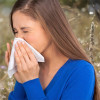
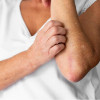

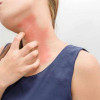
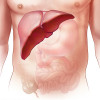
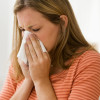


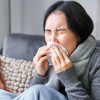


Please login to comment on this article